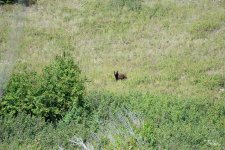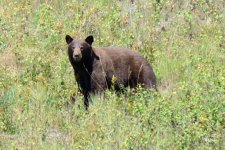I am more and more amazed by how far THIS much resolution and a relative steady hand and sharp lens can go. The following picture was shot hand held on a D800E with a 70-300 VR F4.5-5.6 at 1/200 iso 100. The second one is the same only cropped 200%!!! While its not poster or calendar worthy it sure isn't offensive to the eyes right? Shots were only shrunk to 1000 pixels by 667 to fit here and signed. Nothing else was done to them.


Please anyone else feel free to post your own versions of this amazing power of the D800/E to resolve.


Please anyone else feel free to post your own versions of this amazing power of the D800/E to resolve.
